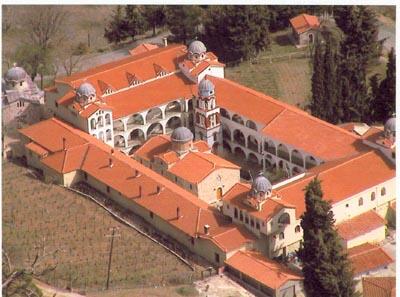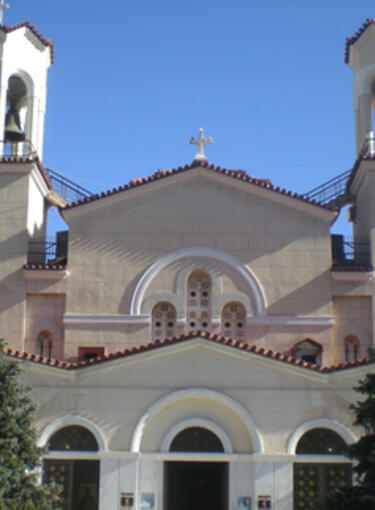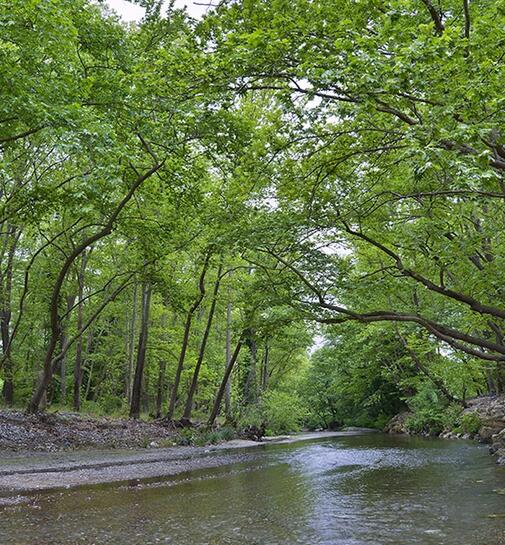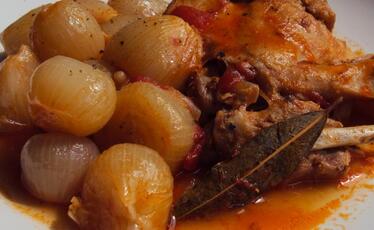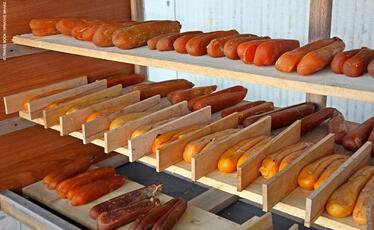Near the settlement of Rovies, on northern Euboea, on the foothills of the mountains Kavalaris and Xiron, in a dense forest of fir and pine trees, emerges the impressive Monastery of Osios David the Elder.
Osios David, who lived in the second half of the 15th to the first half of the 16th century, was monk from a young age and served as abbot of the Monastery of Varnakova, when it came into the area of Rovies.
At the location of the monastery there was an older, small church dedicated to the Transfiguration of Christ, which has been destroyed during the occupation of Euboea by the Turks in 1470. There, in around 1535 Osios David built a new church and founded the monastery, where gradually several monks settled. The monastery soon gained great reputation and privileges and a document of 1638 mentions it as patriarchal and stauropegic. During the Revolution of 1821 it demonstrated significant activity and was destroyed completely by the Turks in 1824. It was renovated in 1877 and then they constructed the catholicon we see today.
The complex is quadrilateral and is created by wings of cells and auxiliary areas. At its centre lies the catholicon, which is a transverse-vault church with a dome, without icons in its interior. There are still small churches dedicated to several saints. Among them what stands out is the chapel of Agioi Anargyroi on the southeastern wing of the monastery, which is underground, carved on the rock and decorated with wall paintings of the 18th century. At the monastery they keep the relics of Osios David, as well as his personal possessions, while at a small distance is the cave where he led an ascetic life.
It is a men’s monastery and it celebrates on the 6th of August (Transfiguration of Christ) and on the 1st of November (death of Osios David).


